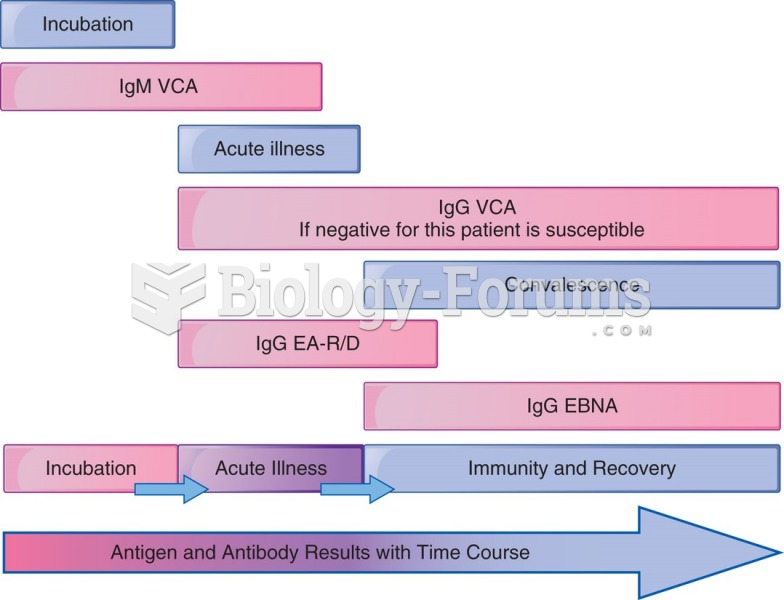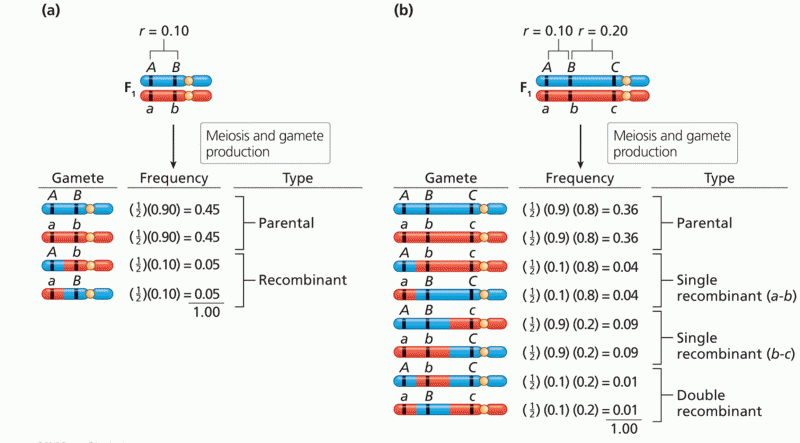Answer to Question 1
Calculating the cost to carry (or hold) a particular item in inventory involves three steps. First, the value of the item stored in inventory must be determined. Each organization has predetermined accounting practices to determine the value of inventory for balance sheet purposes. The most relevant value measure for determining carrying costs is the cost of goods sold or the direct labor, materials, and overhead consumed by that item plus the direct costs of moving that item from the manufacturing facility into a distribution center for storage. Second, determine the cost of each individual carrying cost component and add them together to determine the total direct costs consumed by the item while being held in inventory.
Two types of costs should be considered here: variable-based costs and value-based costs. Variable-based costs are those that are specifically out-of-pocket expenditures, for example, inbound freight expense to the distribution center. Value-based costs are those that use the total value (or total direct costs consumed) of the item at the location where carrying costs are being determined, for example, taxes. Normally, inventory carrying costs are calculated on an annual basis. This assumes that the item will be held in storage for a one-year time period. These two costs must be adjusted for the actual length of time the item will be in storage. One word of caution when calculating inventory carrying costs: a decision must be made (in accordance with the organization's accounting standards) as to which costs are one-time and which costs are reoccurring.. This will be especially true when the length of time an item is stored will be greater than one year.
Answer to Question 2
True







